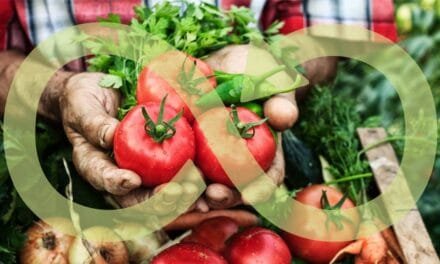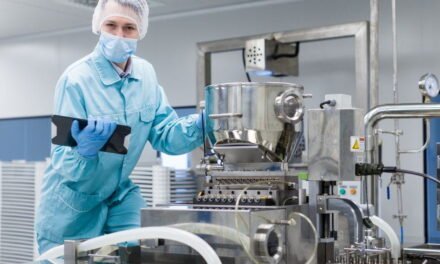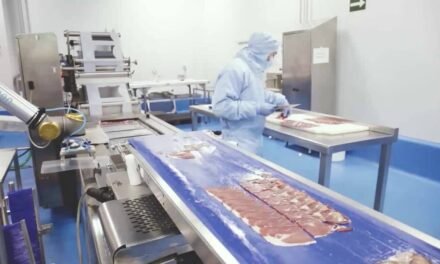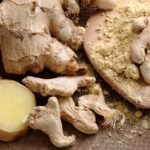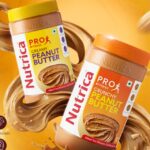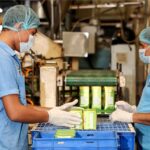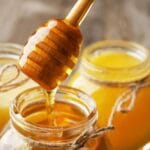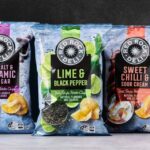The objective of freezing a commodity is to preserve and prolong its life. There are various methods of commercial freezing and various kinds of refrigerants used by the industry. O.S Gautam explains here some of the conventional and commercial freezing methods used by the food industry.
Table of Contents
Microflora, inbuilt enzymes and oxidation can spoil any agricultural commodity or food product. All these processes reduce with the reduction in temperature and virtually stop completely at –60 degree Celsius. It is practically difficult to obtain a freezing point of –60 degree Celsius and more difficult to maintain it. It is found that a commodity frozen, by conventional freezing methods, to –18 degree Celsius and storing it at the same temperature levels till consumption, is enough to keep the product safe at least for a year.
There are various methods of freezing and various kinds of refrigerants used by the food industry.
Also Read: Importance of Freezing and Cold Chain in Food Production and Distribution


